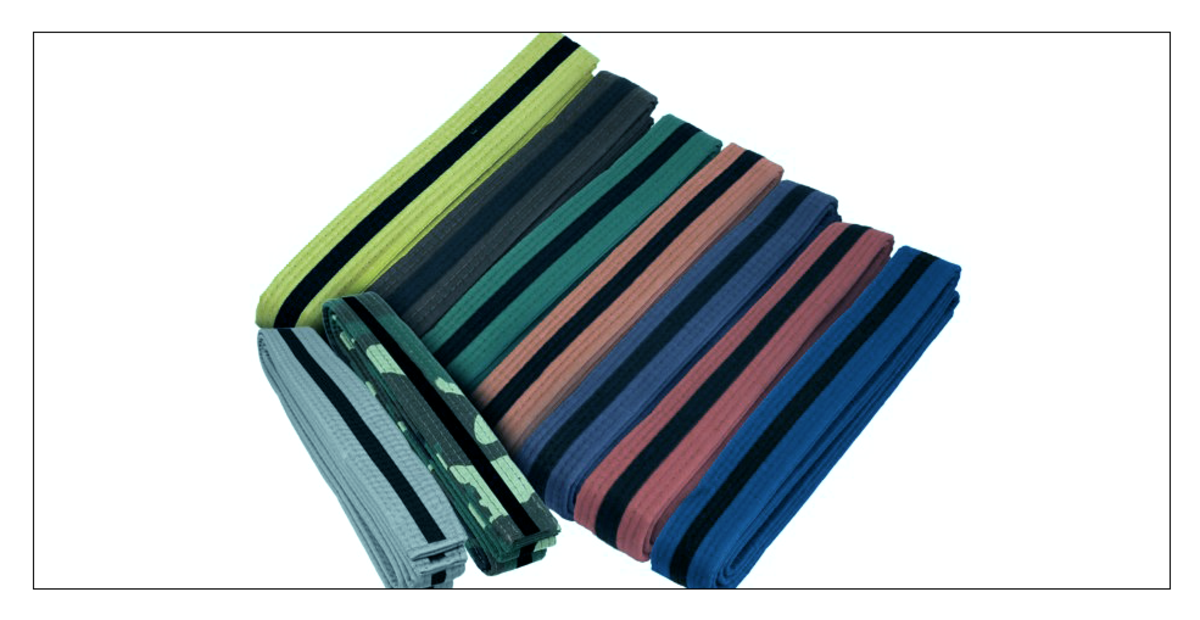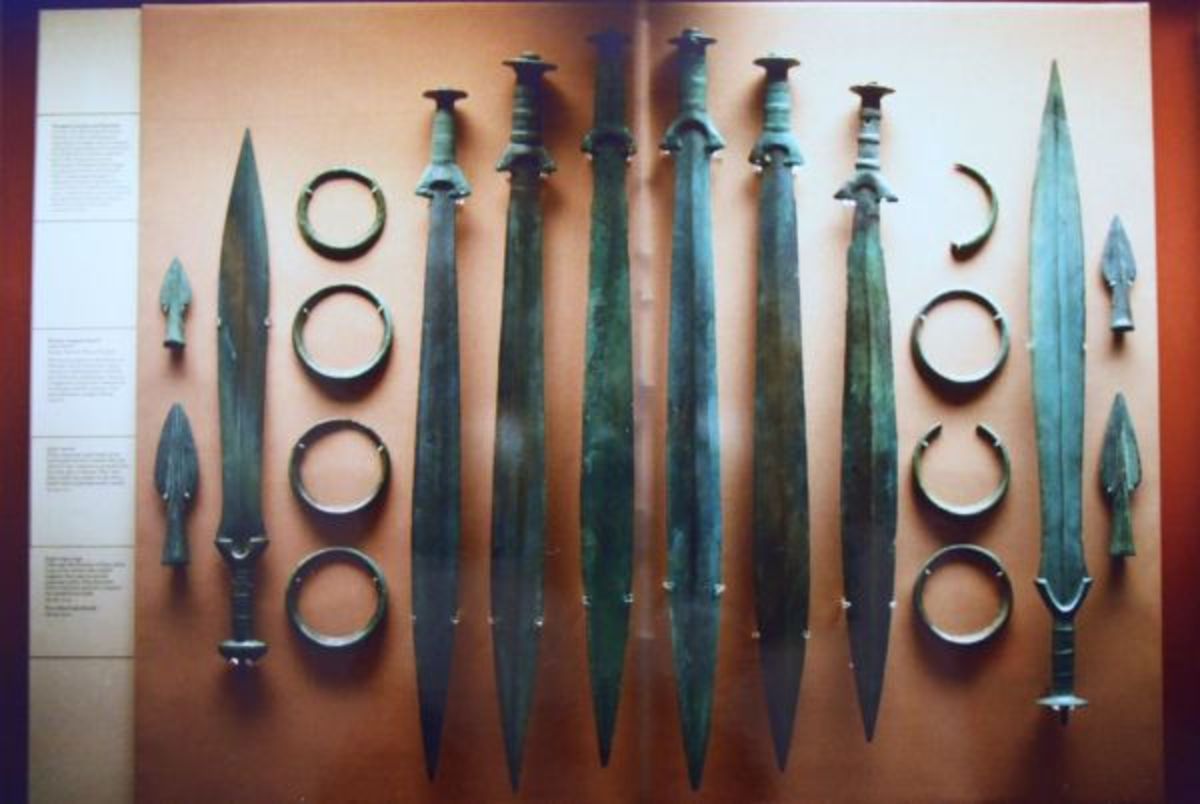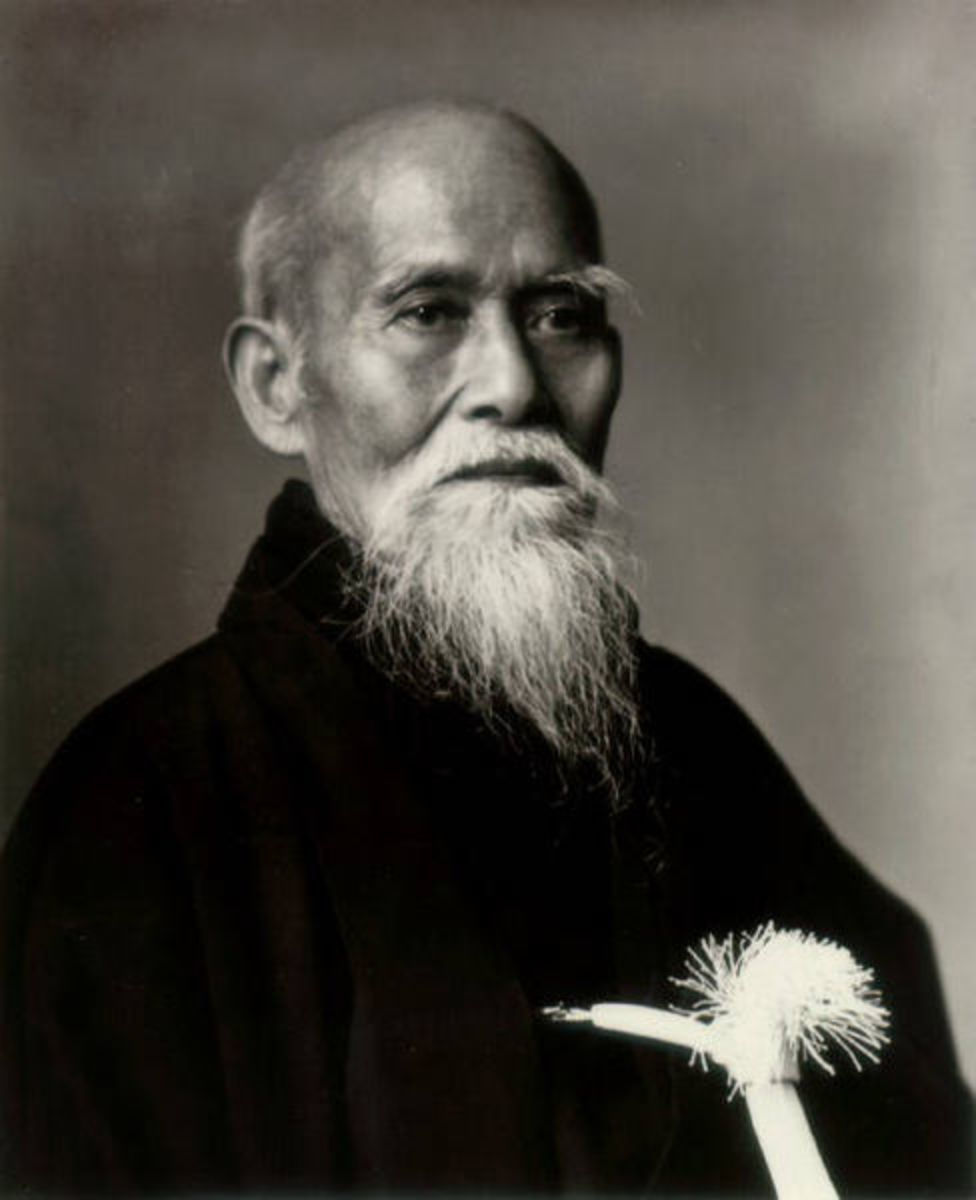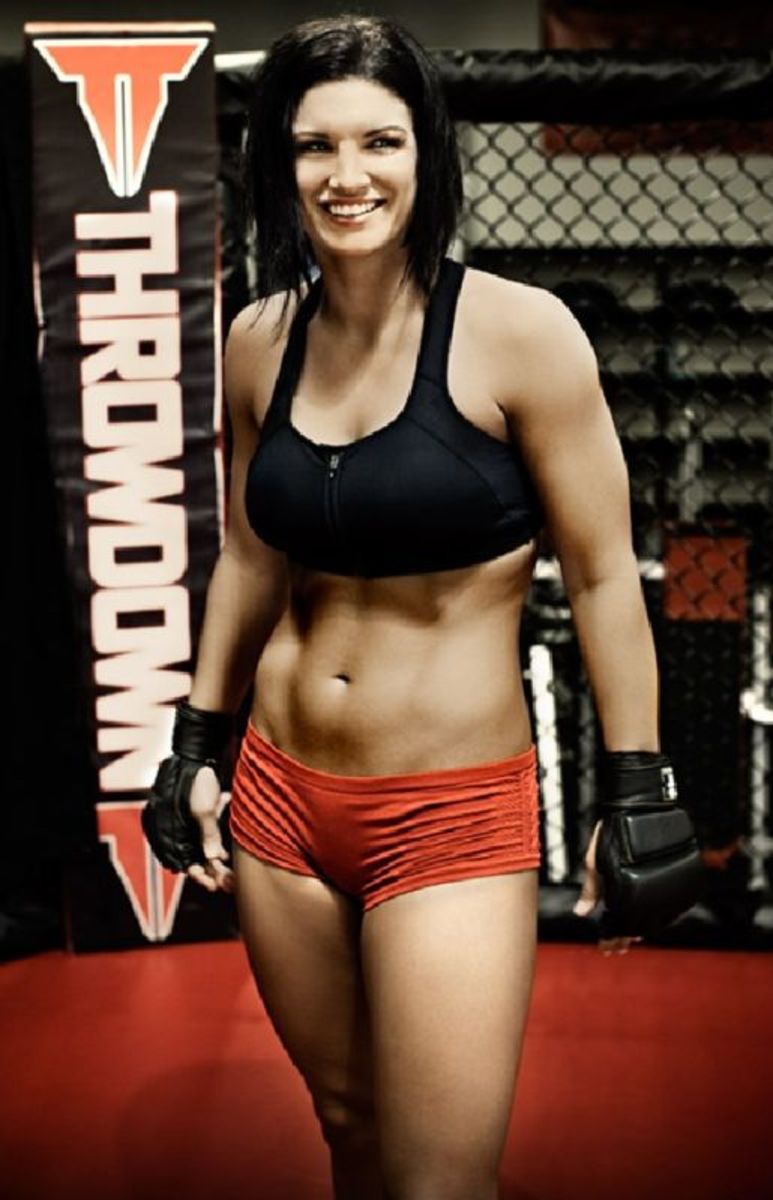- HubPages»
- Sports and Recreation»
- Individual Sports»
- Martial Arts
Reflecting on How Effective Martial Arts Really Are
I have come to both appreciate and struggle with something about mixed martial arts and how it relates to traditional martial arts. I have been trying to learn Silat lately, a style from the Indonesia noted for its ruthless techniques. You can argue that all TMA and MMA styles make the same claim and that is somewhat true. But I have as of yet seen a style so dedicated to hurting someone that you could not truly use it in a ring as a sport.
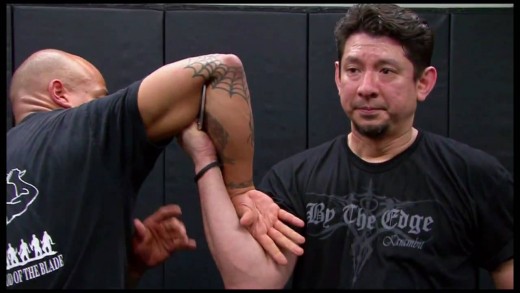
Practicality?
However, what I have been wondering is if the techniques would be effective against a 245lb human being. All TMA styles were developed under a specific set of circumstances that affected their out come. Geographical factors like hill terrain or flat plains for example, can affect how a fighter develops their technique to ensure it will work on said terrain. A big one though is natural physicality: size, strength, and weight. A style is constructed to deal with the physicality it encounters on a regular basis as opponents.
When I studied Aikido, they taught all throws and grapples. Any kicks were to set up for one of these moves, and there were no proactive, aggressive techniques. The issue though was that when it was developed, it was done so with people ranging from about 5 foot, to maybe 5 ft'8" at the most. And not weighing more than 200lbs. This was important because the heart of most of the techniques was getting the opponent off balance, therefore making them vulnerable to the move and to attack you have to put yourself off balance. A person who is 6 ft'8" and 300lbs is going to be harder to do that to because their heavier weight plants them more firmly to the ground. One fellow practitioner noted this to me when he was sparring with the sensei that was from Japan. The teacher was 5 ft'5" but the student was 6 ft'4" and the teacher initially struggled with that because it was not what he was used to.
That isn’t a fault and I am not criticizing TMA moves. However, when learning them I often wonder, "would this technique work against a Brock Lesner or Nick Diaz?" Athletes, who are conditioned for this sort of thing and use a style that relies very heavily on the physicality and physical strength.
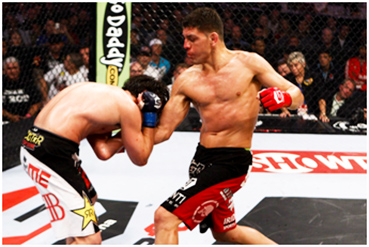
Changing the Rules
Honestly, I am not expecting an honest response from either side because of just how much ego can play a part in both MMA and TMA fighters. Most are not going to openly admit to a weakness in their style, male machismo, or just pride in their style and accomplishments. However, going back to Silat, what if the circumstances were a life and death scenario?
What if the fighters were fighting to kill or maim each other? Would that affect the techniques’ effectiveness then? I saw a case in point on a show where MMA and sports athletes traveled to other countries to briefly learn their native styles and compete in them by their rules. There was one episode that was done in India and the sparring match was between a roughly 280lbs football player and a smaller Indian fighter who looked half that size. The Indian fighter did a spinning open-handed strike that landed on the larger man’s throat and he immediately went down.
It was supposed to have been accident, yet it revealed a powerful point. Even though the match started out with both men fighting by traditional rules, a simple strike to open nerve organ that can never be built up or conditioned, took down the larger fighter you would have expected to win because of his size. Even UFC in its early years never took fights that far!

True Humility in Fighting
Still, its obvious there is something to be said for being fit and conditioned. It forces a TMA artist to adapt and acknowledge that his style has areas that it was never prepared for. And while many people don’t like MMA because of its seemingly repetitive move sets, hey it works because it has an inability to learn elements of other fighting arts in order to adapt: though lately it has been confined to Brazilian jujitsu and Muay Thai striking.
However, both groups of fighters are still human beings. No matter how imposing or technical they are, they still share the same vulnerabilities and weakness that we all have. And this is something I have found to be very humbling, and yes at times, struggling to admit to. But I am learning.

